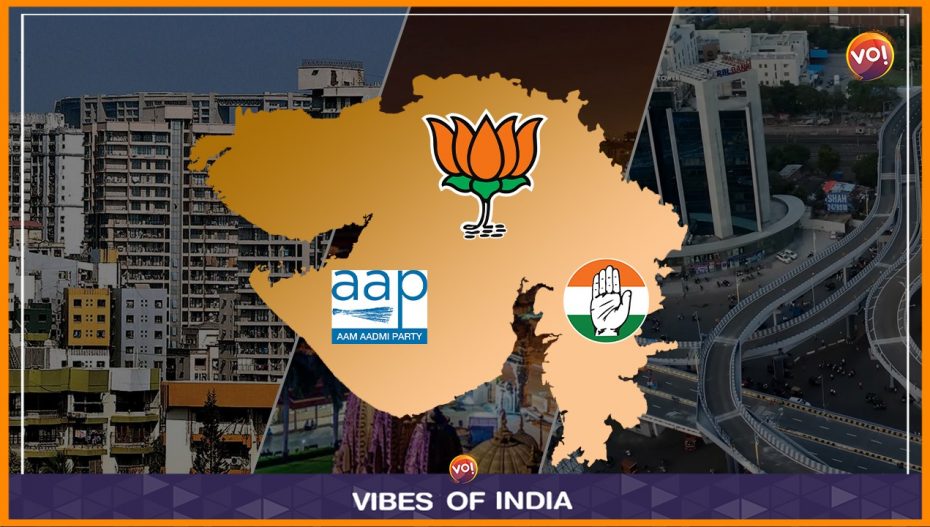For three decades now, Gujarat has been BJP’s fortress. The party firmly entrenched itself in urban and semi-urban areas. As urbanisation picked up pace, the BJP could make Surat and Ahmedabad its critical power centres.
Contrast this with the Congress that pales before the Lotus that has a majority in eight metropolitan municipalities.
Now, the Aam Aadmi Party’s electoral juggernaut is being followed with keen interest. Will AAP, which is trying to attract the middle class with promises of reformation in education, health, and electricity, break BJP’s stranglehold?
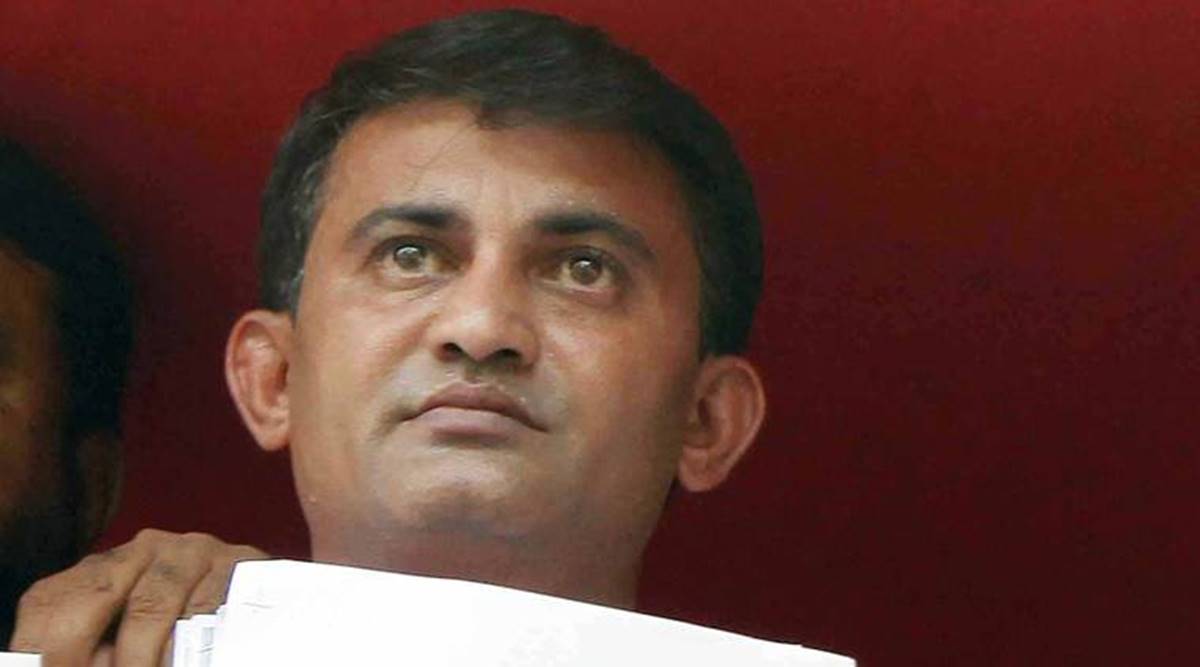
Former Congress leader of opposition Paresh Dhanani says, “AAP does not have a mass base in rural areas, but it will challenge BJP in 66 urban and semi-urban seats.” He feels the anti-incumbency wave is at its peak and people are increasingly tired of BJP’s misrule and failed promises.
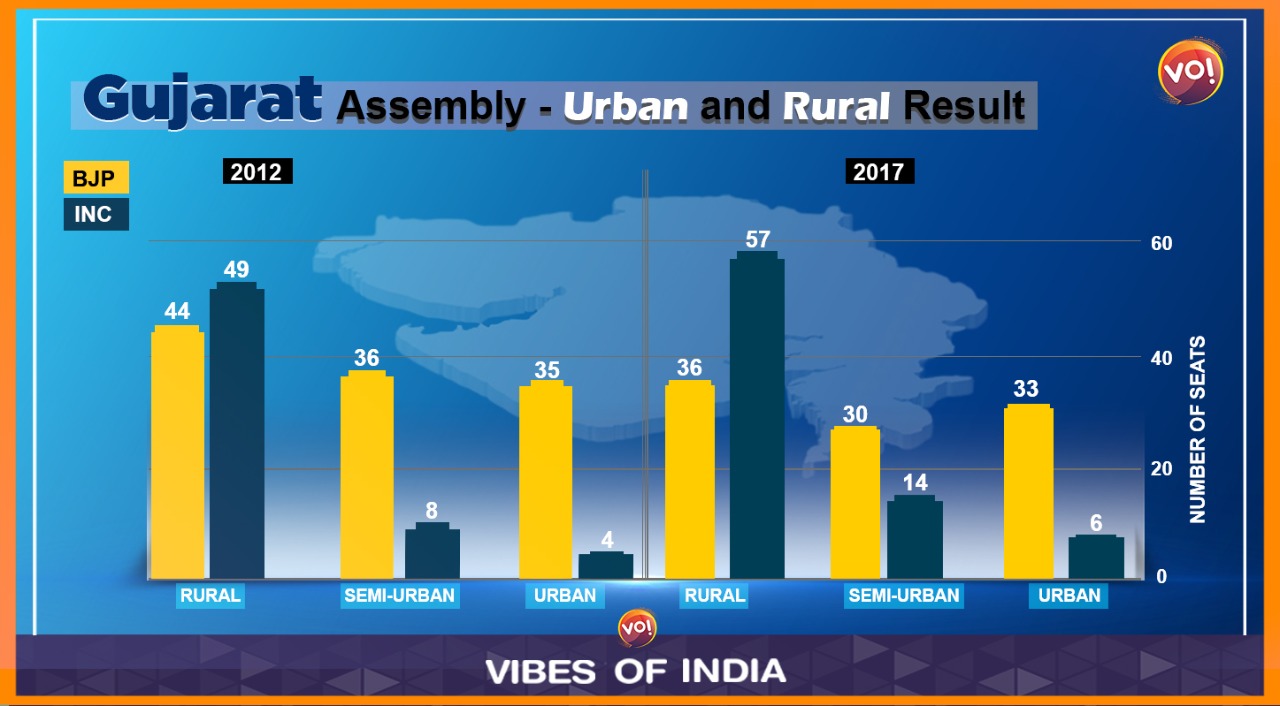
AAP’s Gujarat general secretary Manoj Sorathia feels AAP’s national convenor and Delhi’s chief minister Arvind Kejriwal is making his presence felt in the state’s urban and rural areas. Sorathia believes that the middle class, plagued by inflation after Covid, could do with a new voice. However, he admits that AAP has enjoyed success primarily in local body elections in Surat and Gandhinagar.

Political analyst Ghanshyam Shah believes that while AAP is gradually portraying itself as an alternative in urban Gujarat, hitherto BJP’s bastion, the party won’t achieve heavyweight status overnight.
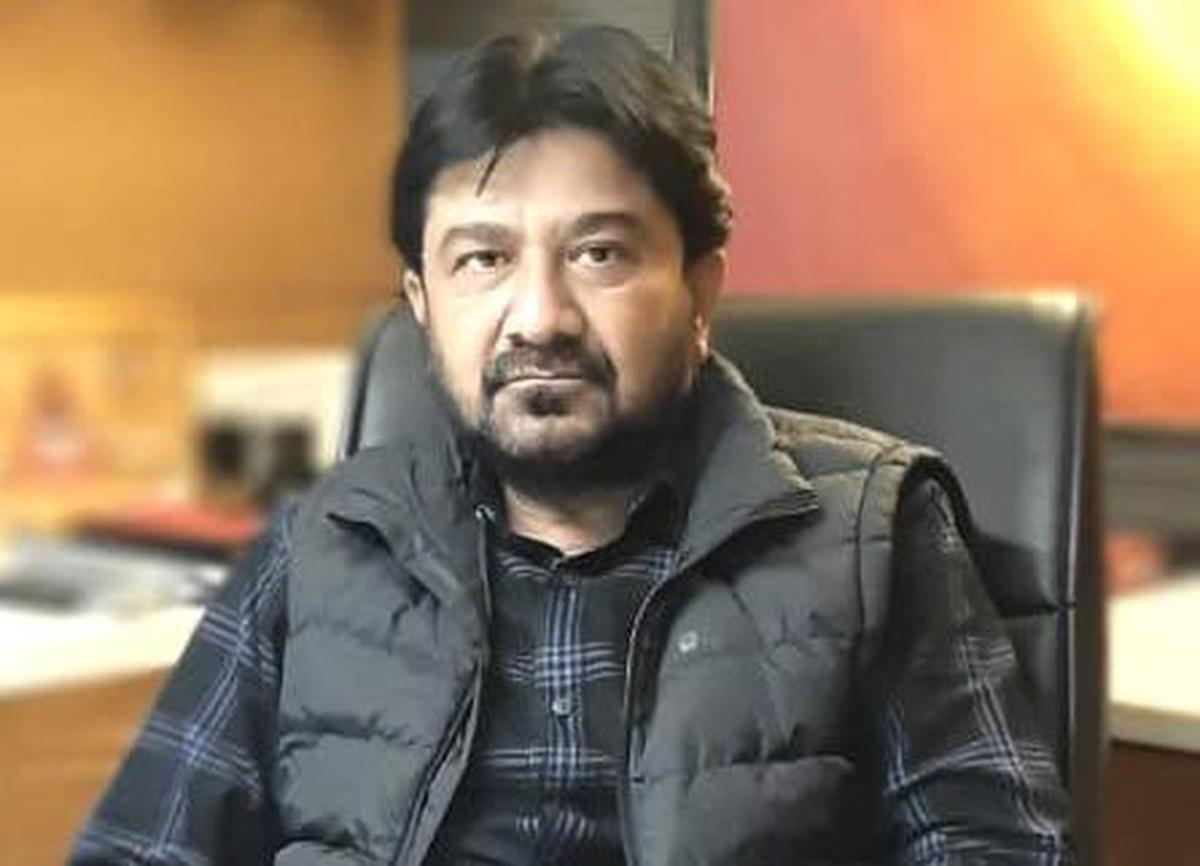
Gujarat BJP spokesperson Jairaj Singh is confident that the party’s election machinery is too well-oiled to be wrenched out of power. Singh, an ex-Congress leader, reminds that many Congress workers from rural areas have joined the BJP, which is blurring the boundaries between villages and cities.
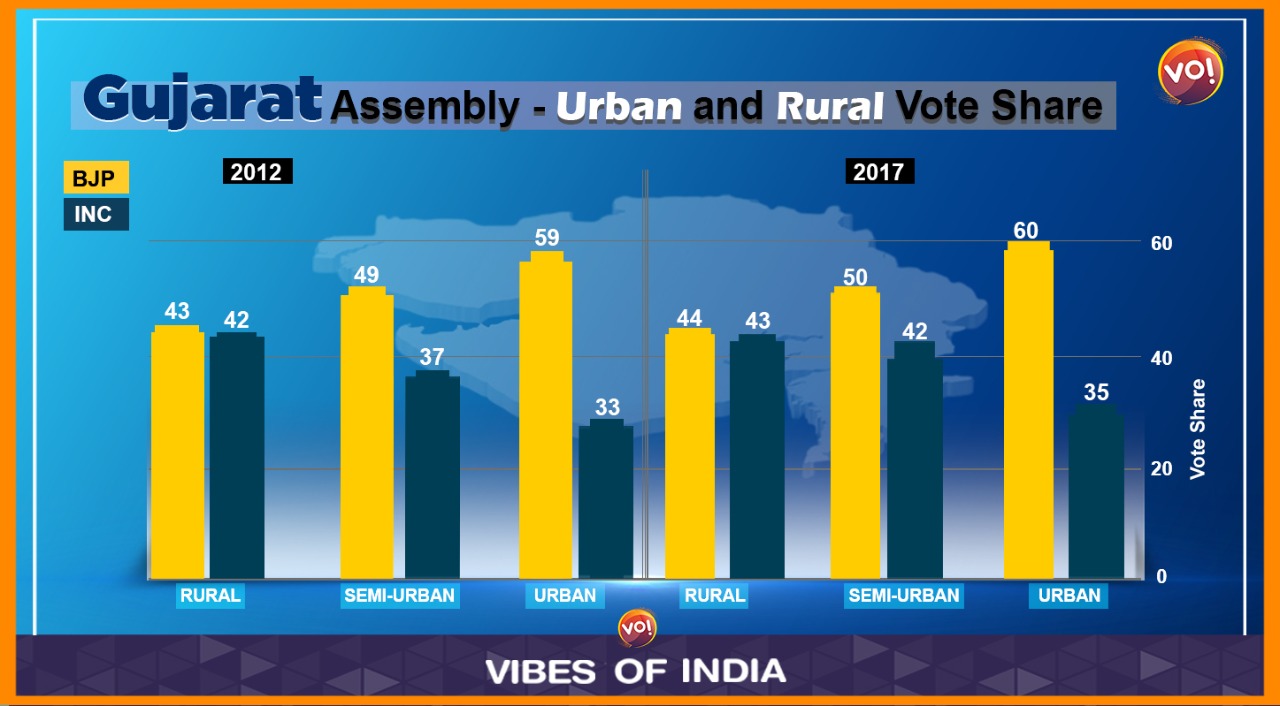
According to the 2011 census data, Gujarat is a highly urbanised state, with 43% of its population living in urban areas. Of 182 assembly seats, 84 are either semi-urban or urban in nature, while 98 are rural constituencies.
There was a clear difference between rural and urban election results in the 2017 assembly elections. While the BJP dominated urban areas with a 25% vote advantage over the Congress, the latter had a significant edge over the saffron party in rural districts.
In Gujarat’s two largest cities, Ahmedabad and Surat, the BJP got 33 out of 37 seats in 2012, and 30 in 2017. The BJP won four seats in Rajkot in 2017 while the Congress had four rural seats.
BJP’s formidable urban vote base could be gauged by the fact that in 2017, the party won 63 out of 84 seats in urban Gujarat. That said, the BJP could capture only 36 out of 98 assembly seats in rural Gujarat.
The BJP’s success rate in urban areas was 77% in 2017 as opposed to 87% in the 2012 assembly elections. In contrast, the BJP’s success rate in rural areas in the last assembly elections was just 37%.
The BJP also left its footprints in Ahmedabad, Rajkot, Surat, and Vadodara where 22% of the Gujarati population resides and contributes 55 assembly seats. Forty-two of them belong to urban and semi-urban constituencies. Out of these 55 seats, the BJP won 45 and 44 in 2012 and 2017 respectively. Unsurprisingly, the party won only eight out of 45 rural assembly seats.
Also Read: Gujarat Poll Result Will Pave Way For Modi As PM In 2024, Says Assam CM


